8 incredibly strange museums
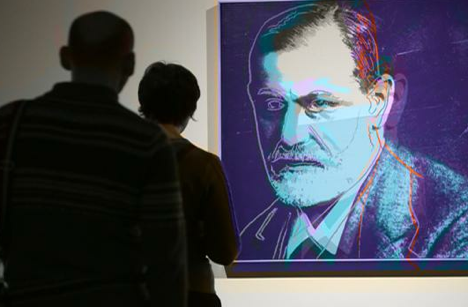
Visitors can find the “imperial road to the unconscious” in Freud museum in Russia. Source: TASS
Seeing the homes of modern Russian peasants in remote places, playing the best Soviet videogames from the seventies, sampling the world of ancient Russian magic, taking your heart to a freak show and living in Freud’s own dreams — in Russian museums anything is possible. For this list, RIR chose the eight most unusual exhibits in Russia.
1. Sigmund Freud Museum of Dreams
St. Petersburg, www.freud.ru
Sigmund Freud demonstrated that dreams are not the incoherent nonsense of a resting brain, but rather the “imperial road to the unconscious,” leading us to a limitless treasure trove of information about the world and about ourselves.
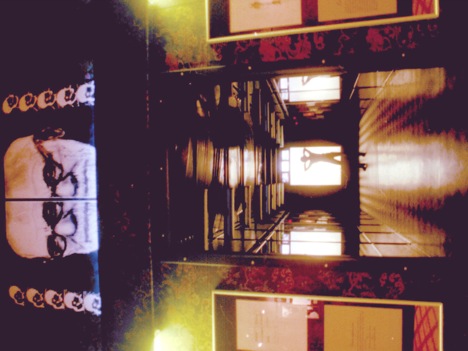
Source: TASS / Yury Belinsky
The Institute of Psychoanalysis, housed in a 19th century St. Petersburg building, is one of only three museums in the world dedicated to the founder of this revolutionary theory.
There are a lot mirrors and shadows, which create the effect of waking dreams for visitors.
2. Museum of Sin
Tambov
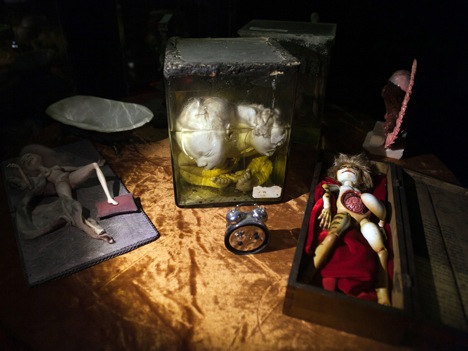
Source: TASS
For thirty years pathologist Yuri Schukin collected macabre exhibits. He had 700 containers filled with human limbs, organs and embryos preserved in alcohol. The museum is similar to a horror movie. There is a child with a beautiful face and a two-layer brain, a young boy with five eyes, a youngster with ears instead of eyes. The collection soon causes disgust, but then again, no one can question the uniqueness of this museum.
3. Babushka Lida’s Home Museum
Arkhangelsk Region, www.ustyany.com
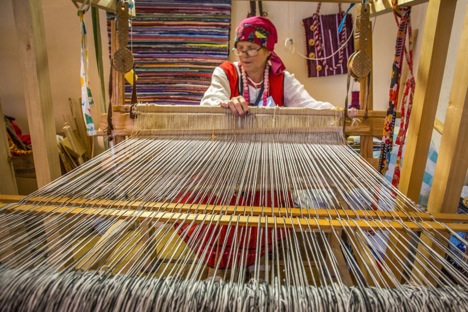
Source: TASS
The old lady (or babushka) Lida from the Stroevskoe village collected traditional household objects, tools and peasant clothes in her house. She leads tours and organizes workshops in grinding grain into cereal and cooking dried porridge. Guests can wear traditional village folk outfits, sing folk-rhyme songs (or chastushka) together to sound of a balalaika and drink tea from a samovar with homemade cakes.
4. Museum of Reptiles
The Tver Region
Today the village that houses the museum has received the euphonic name Privolzhsky. But in old times the location was called Gadovo (‘gad’ means a snake in Old Russian language). A large population of snakes used to live there.
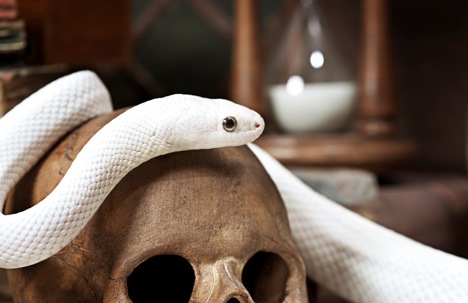
Source: Lori/Legion Media
It is also famous for being the birthplace of the legendary three-headed dragon Zmey Gorynych of Russian folklore. Different kinds of snakes are preserved in the museum — iron, stone, fabric and wooden.
5. Museum of Soviet Arcade Games
Moscow, St. Petersburg, Kazan, www.15kop.ru
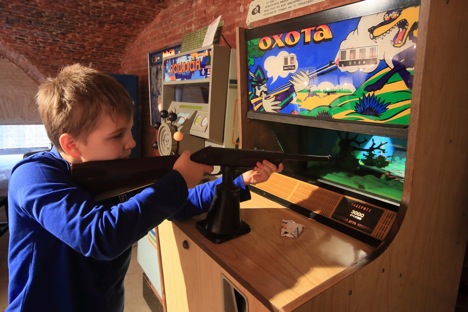
Source: TASS
The museum is similar to a time machine. It lets you feel like a Soviet child. Here you can try more than 60 game machines made in the USSR — the most well loved electronic toys of the seventies. It is possible to play almost all of them. The most famous and popular game machines are Highway, Auto-rally, Battleship and Gorodki.
6. Museum of Funeral Culture
Novosibirsk, musei-smerti.ru
Among the exhibits dedicated to the World Funeral Culture Museum are memorial jewelry from the hair of the deceased, post-mortem pictures, a collection of designer mourning clothes from the Victorian era, deathmasks, statues and monuments.
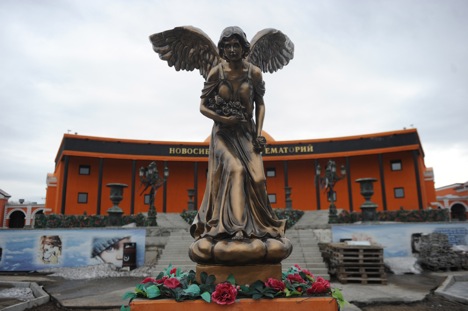
Source: TASS / Evgeny Kurskov
There is also an impressive collection of coffins. One of them, resembling a fish, was manufactured on a special visit to Novosibirsk by a designer coffin-maker from Africa, Eric Adjetey Anang, who specializes in the production of unusual coffins. To find out who opened this museum and why, read our guide to Novosibirsk.
7. The Museum of Tula Samovars
Tula, www.samovar.museum-tula.ru
A samovar is the symbol of Russian cultural originality. Instead of this beautiful paunchy machine, a kettle is used today. The best samovars have always been made in Tula. The famous Russian writer Anton Chekov said that traveling to Paris with one’s wife is as useless as traveling to Tula with your own samovar.
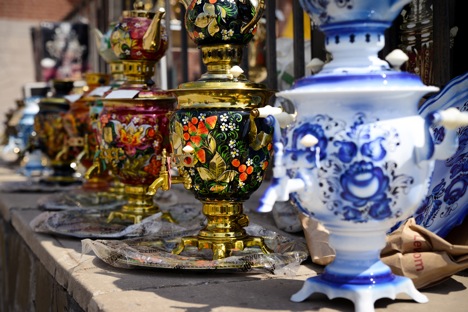
Source: Lori/Legion Media
The museum of Tula Samovars is located in the historic building named after Tsar Alexander II and this is the cultural landmark of the city. The museum has a huge number of Samovars: from a gigantic 70 L Samovar, to a small samovar that holds only three droplets of water.
8. Museum of Myths and Superstitions of Russian Folk
Uglich, www.sueverija.narod.ru
In this museum it is possible to take a tour where you can observe Russian folk rituals and celebrations, learn interesting facts about ancient gods, beliefs, shamans, magicians and to get acquainted with the Slavic esoteric practices.
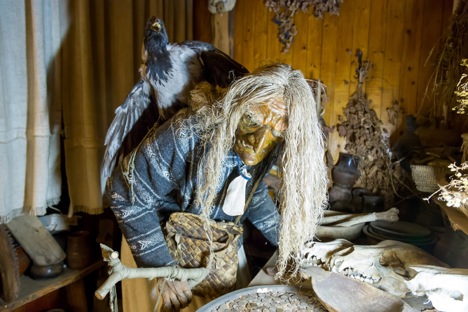
Source: Lori/Legion Media
Visitors can also listen to recordings of fairy tales and legends, discover a lot about safeguarding, talismans, omens and methods of healing, and also get acquainted with many popular and rare methods of fortune telling. Wax figures and stuffed “evil spirits” are recreated according to legends, books, manuscripts and traditions brought back from ethnographic expeditions.
All rights reserved by Rossiyskaya Gazeta.
Subscribe
to our newsletter!
Get the week's best stories straight to your inbox